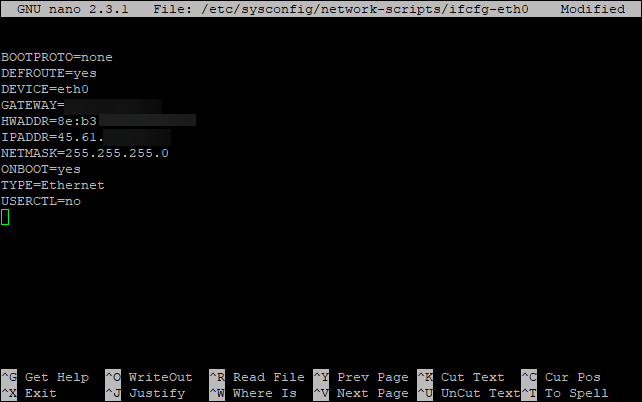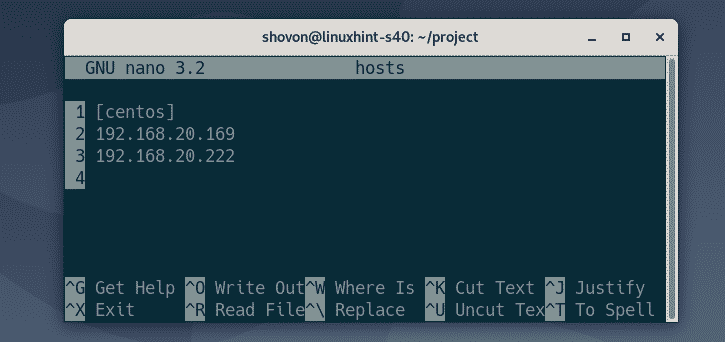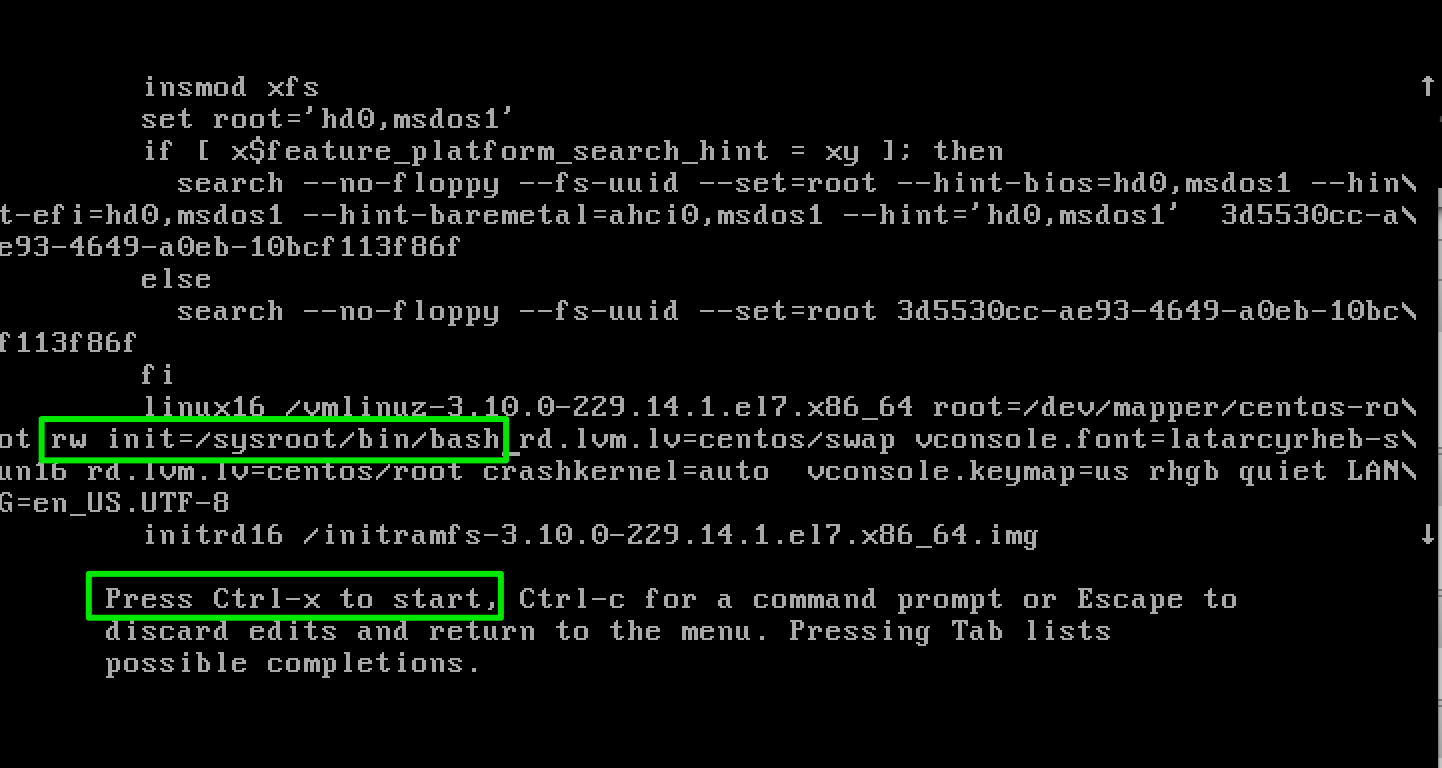
This search output approach makes it easy to locate your targeted file name. $ fdfind rhelĪs you can see, folders and directories have been highlighted in blue, images in purple, and related file names in white. Since fd file-finding utility targets your filesystem entries, you only need to specify a single argument that relates to the file name you are interested in finding.įor example, we could be looking for a file with the pattern ‘rhel’ as part of its name. On your terminal, execute either of the following commands: $ fdfind -h The first step is to familiarize yourself with fd’s command options.
#Centos find file install#

You can only switch to a case-sensitive algorithmic search if the search pattern contains an upper case character.

Despite fd not having the functionality depth of find, the functionalities it offers are sufficient for most of your use cases and you might not even miss its alternative.

It is a simple and fast file-finding command-line-based tool. The fd command is a user-friendly alternative to the usage complexity of the find command. However, using the find command to retrieve misplaced files on a Linux operating system environment is not everyone’s cup of tea due to its non-user-friendly tag. Linux command-line tools like the find command are very reliable and effective when handling file-finding tasks. Finding files under a Linux operating system is a skill set that most Linux users have mastered and perfected.


 0 kommentar(er)
0 kommentar(er)
